 Ahhhh… don’t you love summer? On this 1st day of summer, we think it’s wise to post this article about safety around water. Whether it’s a pool, the ocean, a lake, pond or any body of water, safety is a must. As a mother and lap swimmer, I had my son in the pool at our local Y when he was an infant. Swimming lessons followed soon after. It’s extremely important you know how to swim for safety reasons because you never know when you’ll be in a life or death situation around water. As a Nurse, you’ve unfortunately seen situations with tragic outcomes.
Ahhhh… don’t you love summer? On this 1st day of summer, we think it’s wise to post this article about safety around water. Whether it’s a pool, the ocean, a lake, pond or any body of water, safety is a must. As a mother and lap swimmer, I had my son in the pool at our local Y when he was an infant. Swimming lessons followed soon after. It’s extremely important you know how to swim for safety reasons because you never know when you’ll be in a life or death situation around water. As a Nurse, you’ve unfortunately seen situations with tragic outcomes.
While many parents worry about their children’s safety around swimming pools, as they should and need to do, drowning incidents can also occur in natural bodies of water, says information from the U.S. Swim School Association.
Safety precautions need to be taken around all water environments. According to the Center for Disease Control, about half of all drowning incidents occur in natural water settings such as lakes, rivers or oceans. And, almost 75 percent of people killed in boating accidents die as a result of drowning.
As the summer boating season begins, there are steps parents can be taking to keep their children safer in the water. The U.S. Swim School Association has put together the following guidelines to help keep children safe while boating this summer.
• Make sure your children know how to properly wear a lifejacket. And always have children under 12 wear a life jacket at all times when boating or using personal watercraft.
• Personal floatation devices should always be U.S. Coast Guard approved. Never substitute water wings or other recreational type floating toys for an approved PFD.
• Create a water safety plan for your family and have water emergency drills with your children covering how to recognize the signs of someone struggling in water and what to do in this type of emergency.
• Teach your children the “throw don’t go” rescue method. Instead of entering the water to help a struggling person, teach your child to throw in a rope, reach with a stick, paddle or other object to pull the person in.
• If you take your kids on a shore excursion while boating, be aware of tides and currents and other risks the ocean or beach may have.
• Non-motorized boats can also pose a risk. If your family is canoeing or kayaking be sure your child is wearing a life jacket and knows what to do if the boat flips.
• If your child is playing near a natural body of water and accidentally falls in, teach your child to roll over on his or her back and float until help arrives if exiting the water is not an option.
• Never use floatation devices or water wings to keep your child safe in the water. Rely on your direct supervision.
Swimming lessons are a great addition to help keep your child safer while boating and around open water. For more information about swimming lessons and water safety and to find a Unites States Swim School Association member swim school near you, visit usswimschools.org.



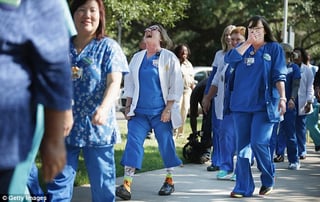

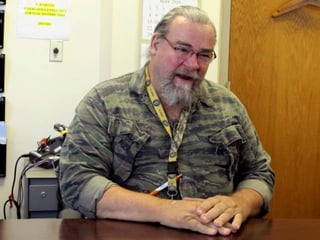

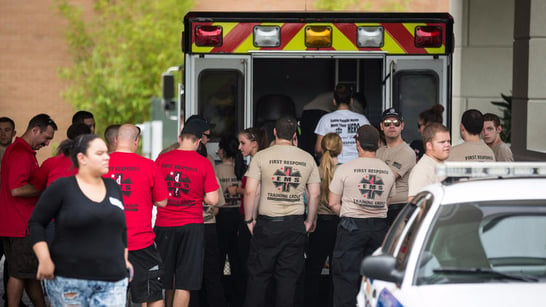 As we are all still grieving the horrific shootings in Orlando, this article points out the hospitals and medical teams who took care of the victims. As staff called co-workers at home and asked them to come in and help with the overwhelming number of patients coming in to the emergency room, the response was “I’ll be right there”. We know our Nurses across the country would respond the same way.
As we are all still grieving the horrific shootings in Orlando, this article points out the hospitals and medical teams who took care of the victims. As staff called co-workers at home and asked them to come in and help with the overwhelming number of patients coming in to the emergency room, the response was “I’ll be right there”. We know our Nurses across the country would respond the same way.
 In honor of LGBTQ – Pride Month, this article touches upon the struggles this community deals with in their personal and professional lives. We all know how important support is from family and friends particularly for teenagers who are questioning who they are attracted to and sometimes, their sexual identity.
In honor of LGBTQ – Pride Month, this article touches upon the struggles this community deals with in their personal and professional lives. We all know how important support is from family and friends particularly for teenagers who are questioning who they are attracted to and sometimes, their sexual identity.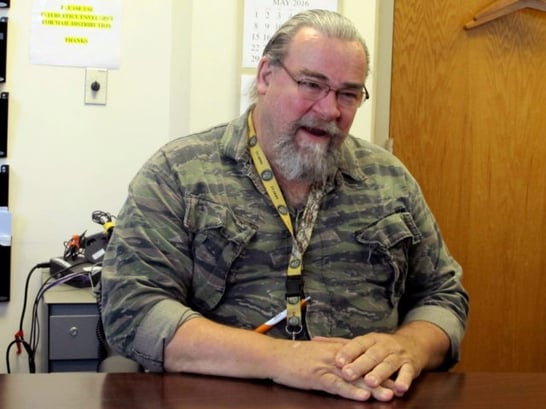 Nursing assistant Tom Alligood wears camouflage scrubs during his emergency room shifts at the Dorn VA hospital because he says it helps other veteran patients realize they've "walked over the same dirt," the 62-year-old former Army tanker says.
Nursing assistant Tom Alligood wears camouflage scrubs during his emergency room shifts at the Dorn VA hospital because he says it helps other veteran patients realize they've "walked over the same dirt," the 62-year-old former Army tanker says. This video follows Stephane, RN, MSN, to give us a look into a day in the life of a Pediatric Nurse.
This video follows Stephane, RN, MSN, to give us a look into a day in the life of a Pediatric Nurse. 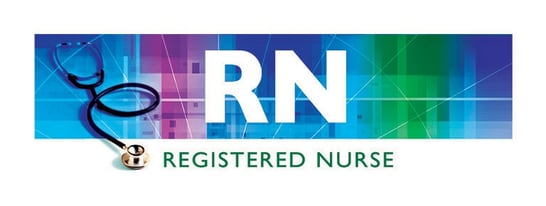 This video follows a Nurse named Keith Koga. He delves into his personal experiences about Nurses and how they inspired him to pursue a career in Nursing. Watch the video below to follow his journey!
This video follows a Nurse named Keith Koga. He delves into his personal experiences about Nurses and how they inspired him to pursue a career in Nursing. Watch the video below to follow his journey!



 Self care is one of the most important facets of being a Nurse. On a daily basis, you encourage others to focus on their health and reduce stress. However, it’s necessary that you incorporate relaxation and practices that are beneficial to your health mainly for self care reasons, but also so you can be healthy for your patients. Nurses spend so much time caring for others that self care may not be at the forefront of your thoughts, but that doesn’t change how important it is.
Self care is one of the most important facets of being a Nurse. On a daily basis, you encourage others to focus on their health and reduce stress. However, it’s necessary that you incorporate relaxation and practices that are beneficial to your health mainly for self care reasons, but also so you can be healthy for your patients. Nurses spend so much time caring for others that self care may not be at the forefront of your thoughts, but that doesn’t change how important it is. Nursing is a challenging and rewarding occupation, requiring long hours and a dedicated focus while offering people who answer the call the opportunity to make a real difference in patients' lives. While many Nursing careers are found inside hospital walls, there is a wide range of settings that a Nurse can choose as a workplace.
Nursing is a challenging and rewarding occupation, requiring long hours and a dedicated focus while offering people who answer the call the opportunity to make a real difference in patients' lives. While many Nursing careers are found inside hospital walls, there is a wide range of settings that a Nurse can choose as a workplace.